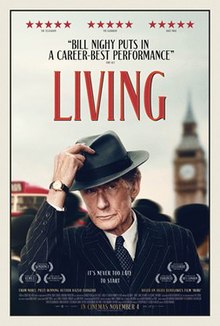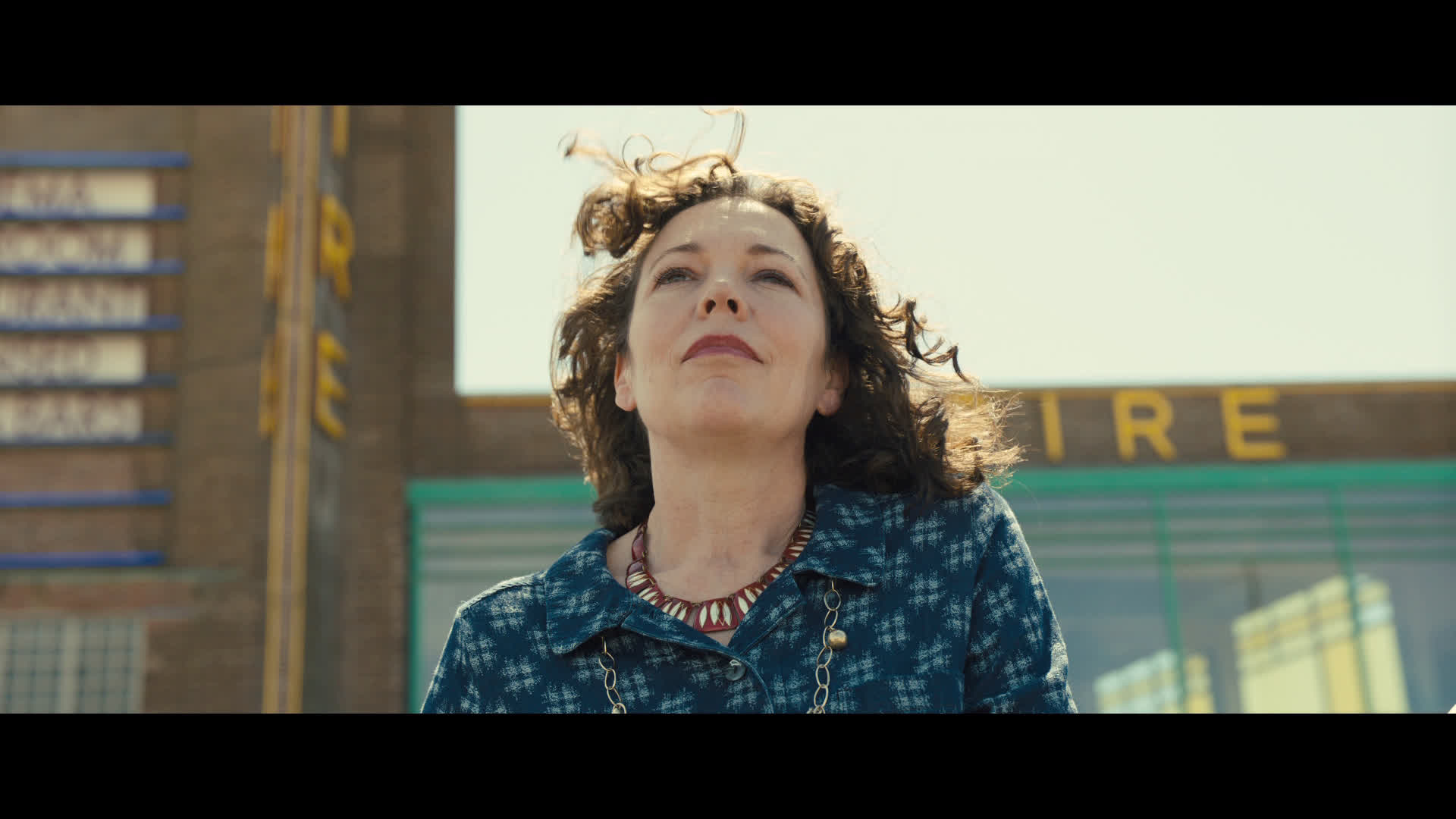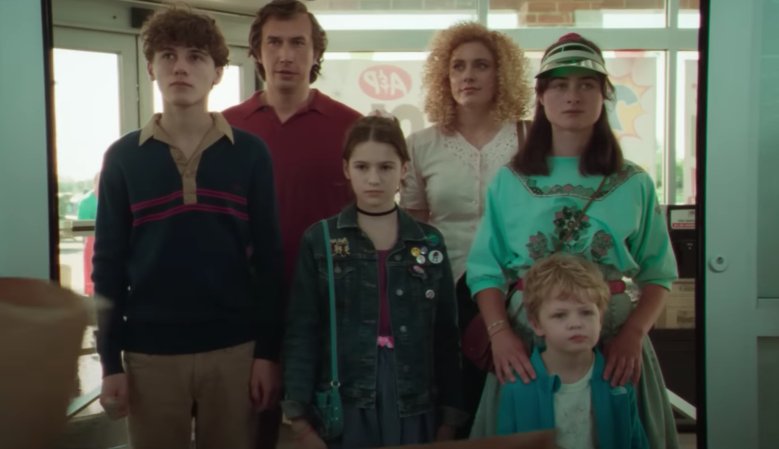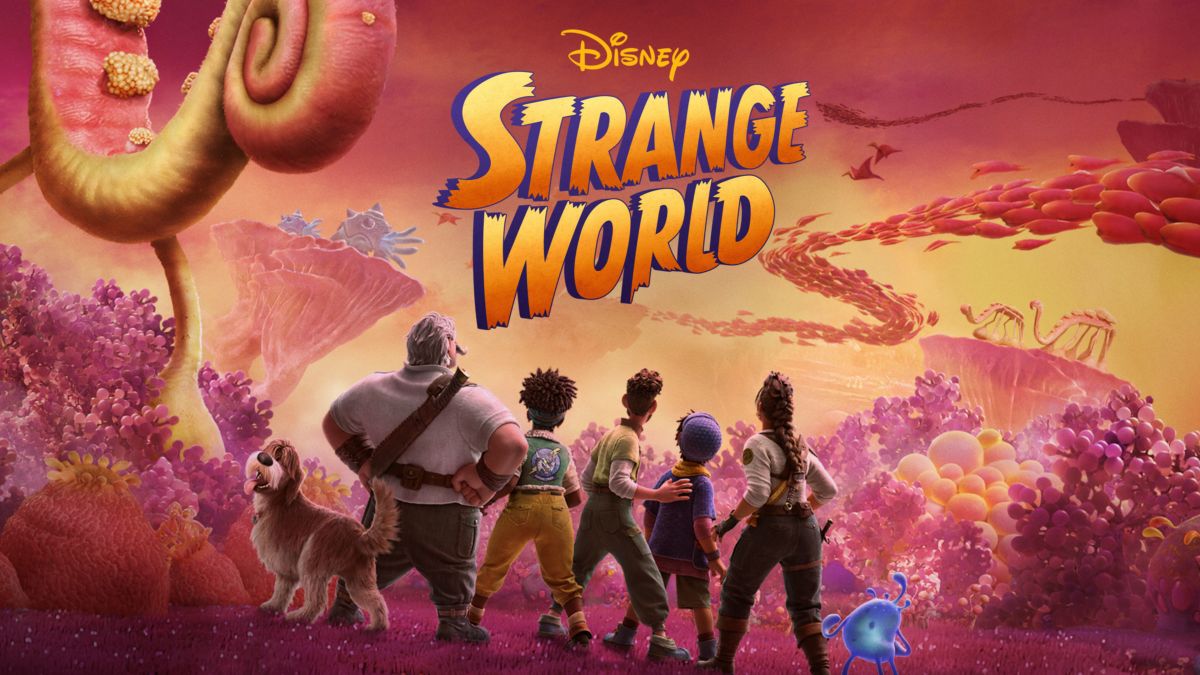Living
Posted on December 13, 2022 at 10:39 am
A-| Lowest Recommended Age: | High School |
| MPAA Rating: | Rated PG-13 for smoking and some suggestive material |
| Profanity: | Mild language |
| Alcohol/ Drugs: | Drinking and drunkenness, smoking |
| Violence/ Scariness: | Terminal illness |
| Diversity Issues: | None |
| Date Released to Theaters: | January 7, 2023 |
| Date Released to DVD: | April 11, 2023 |
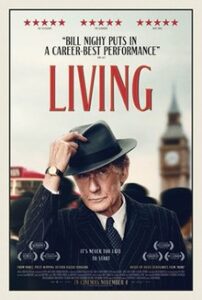
The story is set in post-WWII London. Mr. Williams (Nighy), a supervisor in a government office, overseeing a group of mostly white men (one woman, one Indian-British) who sit around tables piled high with file folders and documents. The production design by Helen Scott and cinematography by Jamie Ramsay are impeccable. We follower newcomer Peter Wakeling (Alex Sharp) as he begins to learn the way the office works. His colleagues board the commuter train together. “This time of morning, not too much fun and laughter. Rather like church,” he is cautioned by one of his new co-workers after he ventures some mild self-deprecating humor. All conversation is highly professional, quiet, understated, and exquisitely polite.
A group of local women trying to get a permit to turn a small area that was bombed in the Blitz turned into a playground keep coming to Mr. Williams’ department. And every other department in the building, because each one tells them it is someone else’s responsibility. For Mr. Williams, his job is about moving paper, not helping people.
After he gets the bad news from his doctor, Mr. Williams practices telling the son and daughter-in-law who live with him that he only has a few months to live. His emotional vocabulary is so shrunken, so limited, the only word he can think of to describe the situation is, “bore.”
He cannot bring himself to tell them, even or especially after he hears them talking about how they want to move out and live on their own. And then, Mr. Williams, the most methodical and reliable of men, does not go to his office. He finds his way to the seaside and strikes up a conversation in a bar with a bon vivant writer (Tom Burke), one of only two people he will tell about his diagnosis. The writer suggests spending his last months having fun, and they spend a raucous evening together, but that is not what Mr. Williams needs.
The second person he tells is a former co-worker, who spends some time with him, and it is her example that helps lead him to an understanding of what he needs to make the final time meaningful.
Nighy, always superb, has never been better. He is able to show us emotions that Mr. Williams does not even understand he is experiencing. Every moment of this film is exquisite, a poetic elegy to reveal not only Mr. Williams’ purpose but our own.
Parents should know that this movie deals with a terminal illness. There is some mild language, drinking, and drunkenness.
Family discussion: What do you and the people around you to do find meaning? Will the people in Mr. Williams’ office keep their pledge? Why didn’t he tell his son what was going on?
If you like this, try: “The Browning Version” (1951 version) and “Last Holiday” (1950 version), two British films from the era depicted in this film with related themes, and “Ikuru” and “The Death of Ivan Ilyich” as well.

